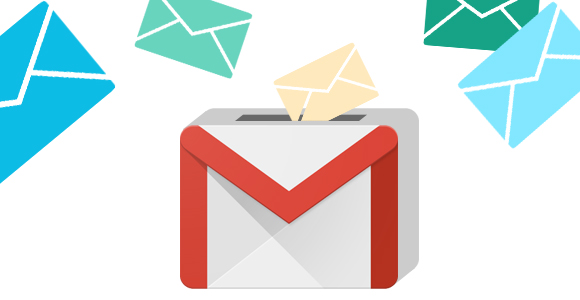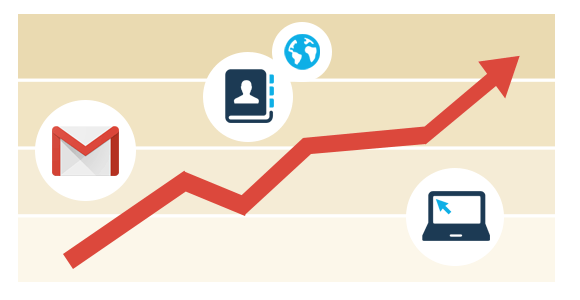How to improve Gmail Deliverability
Globally, Gmail is one of the largest and most popular email platform segments. According to Litmus, Gmail consistently ranks in the top 3 most widely used email providers. For many B2C organisations, Gmail can easily make up over 35% of a database. Therefore, in order to maintain a healthy open rate, achieving good deliverability to Gmail is crucial for any successful email marketing operation.
Deliverability is the rate in which emails successfully reach the inbox. Deliverability is based upon your Sender Reputation, which is your reputation as an email sender. We’ll cover these topics in a future blog update.
For now, we’ll cover the topic of improving the deliverability to Gmail and what steps you can take help your emails get through to the Gmail inbox.

Monitoring your Gmail activity
Gmail calculates your sender reputation using a combination of IP addresses you use to deliver your emails as well as your Sending Domain. Additionally, Gmail will also factor in the number of Spam Complaints you accrue with each campaign and determine whether your emails are getting a positive or negative response from your subscribers.
Poor ratings on your Sender IP and Sending Domain will result in Gmail imposing penalties on your emails, including flagging your email as spam and not delivering the email altogether!
Traditionally, this information isn’t available via your typical email service provider. However, gaining visibility over your Sender Reputation allows you as a marketer to better fine-tune your campaigns to ensure good engagement. Therefore, Gmail have developed tools for marketers to monitor their activity via Gmail Postmaster tools page. Follow the prompts and with a bit of assistance from IT, you can gain access to these tools.

Google Plus Connection
Establishing the identity and legitimacy of a sender is one of Gmail’s primary objectives. This helps ensure emails being delivered from a particular domain are authentic. One method to establish your identity with Gmail and improve deliverability is to have your domain linked through multiple Google products.
Google Plus is one way to strengthen your sender reputation with Gmail. On top of improved deliverability, an added benefit of linking your Google Plus profile to your domain is the ability to customise your logo/icon that appears within a recipient’s Gmail inbox (particularly on the Gmail mobile app).
In order to link your Google Plus page with your domain, simply visit business.google.com
- Select your Google Plus page from the ‘My Business’ menu on the left-hand side
- Go to the ‘About’ tab and click ‘Link my website’
- An approval request will be sent to the verified webmaster of the page
- Once approved, you’ll get a notification email and a tick will be displayed next to your website URL on the Google Plus page

Bulk Sender Guidelines
In order to help improve deliverability to Gmail, Google have setup guidelines that email marketers should try to adhere to. These can be read here, but below are some bullet points to highlight
- Provide a URL based instant unsubscribe option
- Avoid using a reply-to email unsubscribe method
- Avoid using URL shorteners or URL redirection services (i.e Bit.Ly)
- Explicitly indicate the email address subscribe to your list
Engagement
Ultimately, the biggest deciding factor on your Deliverability and Sender Reputation to Gmail is going to be engagement. If your subscribers are not reading or clicking on your emails, your engagement will suffer and Gmail will recognise that.
Therefore, it is important to ensure that the content you send to your subscribers will be of value to them. Don’t be afraid to purge subscribers that show extended patterns of inactivity (see our article on BACN). Keeping inactive subscribers will only make it more difficult for your emails to be delivered and potentially preventing active subscribers from receiving content.

